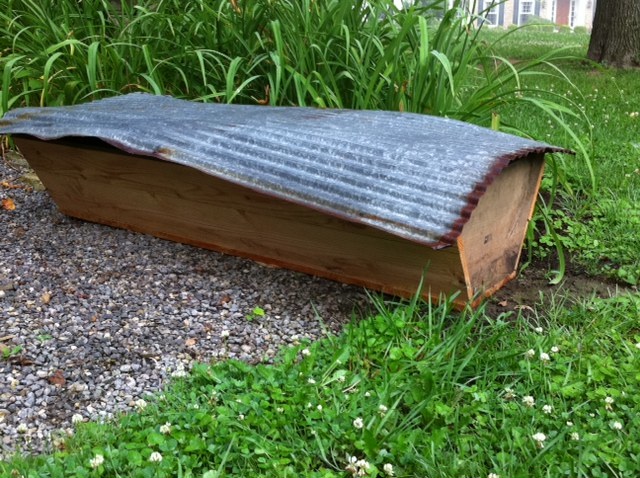Everyone Is Afraid of Something
BY DANNYE ROMINE POWELL
Once I was afraid of ghosts, of the dark,
of climbing down from the highest
limb of the backyard oak. Now I’m afraid
my son will die alone in his apartment.
I’m afraid when I break down the door,
I’ll find him among the empties—bloated,
discolored, his face a stranger’s face.
My granddaughter is afraid of blood
and spider webs and of messing up.
Also bees. Especially bees. Everyone,
she says, is afraid of something.
Another fear of mine: that it will fall to me
to tell this child her father is dead.
Perhaps I should begin today stringing
her a necklace of bees. When they sting
and welts quilt her face, when her lips
whiten and swell, I’ll take her
by the shoulders. Child, listen to me.
One day, you’ll see. These stings
Are nothing. Nothing at all.









